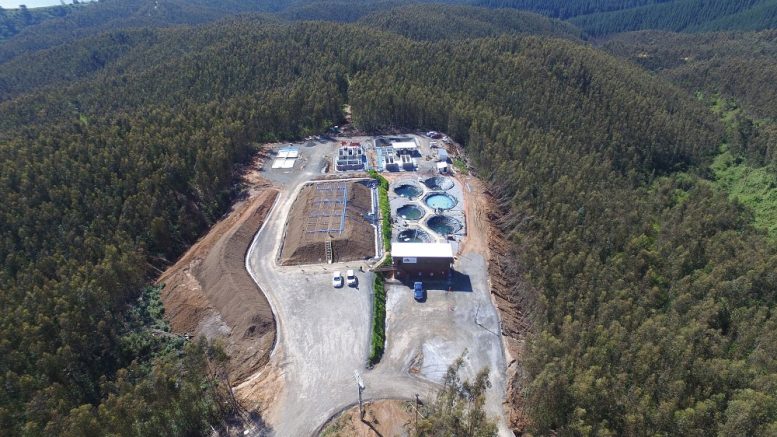Hochschild Mining (LSE: HOC) has mined precious metal epithermal vein deposits in South America for nearly 50 years, and operates three underground mines: two in southern Peru, and one in southern Argentina. The mines produced 245,325 equivalent oz. gold, or 19.9 million equivalent oz. silver, in the first half of 2019, the second-highest production figures in the company’s history.
So investors could be forgiven for feeling a little taken aback by the company’s announcement that it is acquiring a rare earths deposit in Chile for US$56.3 million in cash. Hochschild already owns a 6.2% stake in the early-stage BioLantanidos project, an investment it made last year.
The BioLantanidos deposit contains terbium, dysprosium, praseodymium and neodymium — rare earth minerals with permanent magnetic properties that boost the efficiency of motors, particularly in electric vehicles, wind turbines and drone motors.
“The company remains focused on precious metals and on our successful exploration-based strategy, but this diversification gives us the potential to acquire a unique deposit in a key industry, with expected exponential growth, in a low-risk jurisdiction,” CEO Ignacio Bustamante said in prepared remarks. “We are also excited by the strong geological upside potential, which could see the company become a relevant player in the global rare earth market.”
Bustamante noted that the investment is the culmination of “an extensive, long-term project to identify commodities with very strong growth characteristics, as well as our ability to discover regional investment options that might not otherwise be available.”
BioLantanidos consists of ionic clay resources, similar to those found in China, which are the lowest-cost rare earth sources in the world, Hochschild says. The ionic clay deposits differ from most other rock-based rare earth projects, and do not require the use of explosives.
Instead, the clay undergoes a washing process that creates a rare earth oxide. The deposits do not require tailings dams, since the washed clay is returned to the open pits.
Mineralization at BioLantanidos runs from surface to a depth of 20 to 30 metres.
Since Hochschild made its initial investment in the project, an on-site pilot plant has been built, which has shown technical and commercial viability, and “the opportunity to scale up into industrial operations, the company says.
A feasibility study has been completed by the project’s current owners, a private Chilean company that is controlled by FIP Lantanidos, a private fund. FIP Lantanidos is managed by private equity firm Mineria Activa.
Hochschild says it will revise the study over the next year and a half. “The acquisition of a rare earth project may leave some investors questioning the rationale to diversify outside of gold and silver,” Ryan Thomas of BMO Capital Markets said in a research note to clients. “That being said, the initial $56-million investment represents less than 5% of Hochschild’s market capitalization. Given the small size of the acquisition and the fact that a dedicated management team will oversee the project, we don’t see BioLantanidos as a major distraction from the precious metals business.”
Christopher Ecclestone, a mining strategist at Hallgarten & Co., a boutique research firm in London, notes that Hochschild’s investment signals a new era in the rare earths sector.
“This is a massive vote of confidence by a mid-tier precious metals miner in not only rare earths, but more specifically, heavy rare earths and Latin America (which was largely passed by in the rare earth elements boom of 2009–2012),” he writes in an email to The Northern Miner. “Beyond that it signals that HREEs are going to be majority foreign-dominated (that is, non-Chinese) by 2025, if not earlier. It’s the start of an era and the end of an era.”
In a recent research report, Ecclestone pointed out that China “is facing an increasing shortage of heavy rare earths, as is the west,” and that “some chatter suggests that China is now a net importer of HREEs.”


Be the first to comment on "Hochschild diversifies into rare earths with Chile acquisition"